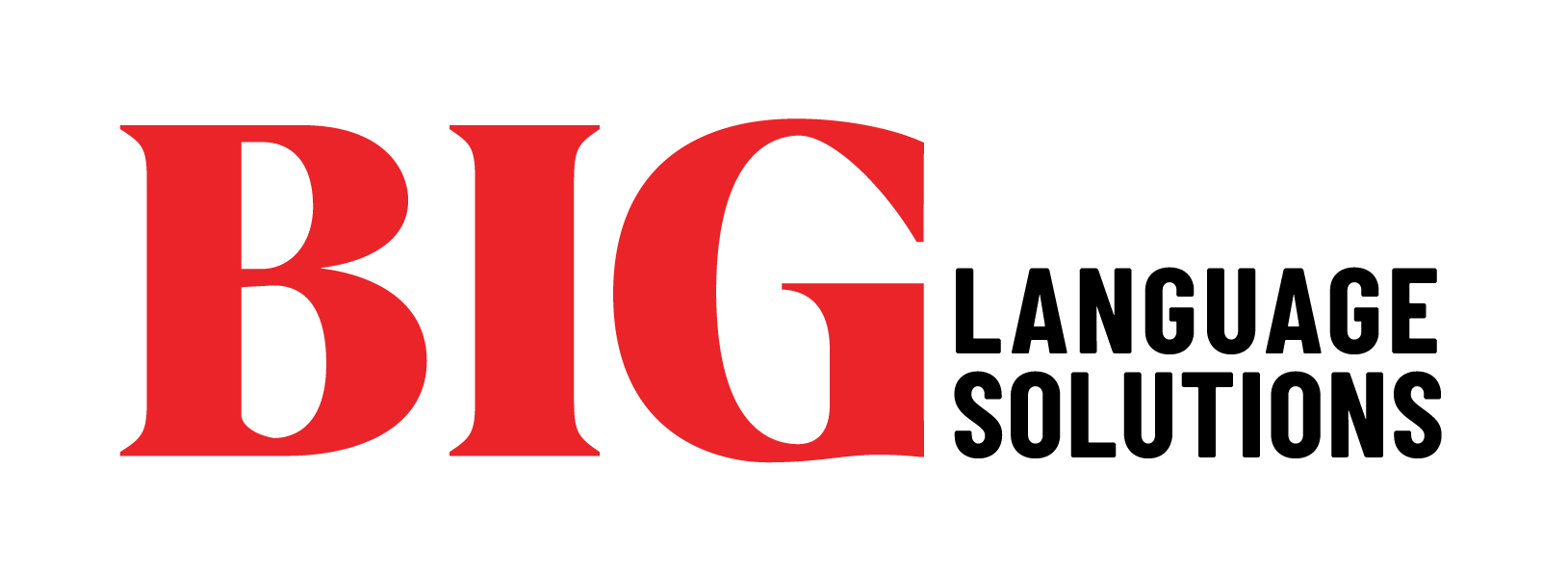Health care interpreters do complex and difficult work, but until the National Standards from the National Council on Interpreting in Health Care (NCIHC) were established, the training required to become a health care interpreter was widely varied. It could include any combination of skills training, ethics training, language-specific practice, and medical terminology training. In the end, the National Standards allow people interested in becoming health care interpreters to focus on only programs that meet the minimum standards for their core curricula, which are specifically chosen to make it easier to recognize a comprehensive, effective program.
What Does the Core Curricula Look Like?
The program standards are broken down into two sections:
- Knowledge
- Background on the history of medical interpreting and the profession as a whole
- General background on language and communication and its impacts
- Understanding ethics as it relates to the health care interpretation field and practicing self-care
- Understanding the United States healthcare system
- Knowledge about how culture impacts healthcare, as well as cultural sensitivity
- Resources to find further information on all of the above topics, as well as resources on deepening the skills in the next session
- Skills
- Message Conversion: This involves how to actively listen, handle dialects and figurative language as you translate, and grow better at memory and accurate recall
- Modes of Interpretation: There are at least three modes of interpretation (consecutive, simultaneous, and sight translation), and it is wise for a core curriculum to include extensive practice in all three modes
- Interpretation Protocols: This includes everything from how to introduce oneself and how to interject into a translation, to how to check that everyone is understanding and maintains a natural flow in the conversation
- Cultural Brokering: This involves the ability to identify and work through misunderstandings and miscommunications between the two parties involved in the translation, as well as noticing any cultural bias that causes an incorrect translation that must be corrected
- Decision-making: If you learn ethics in the Knowledge section, you practice your ethics through skills-driven example scenarios to practice your ethical practices. This also includes critical thinking and being able to thoughtfully move forward when stuck
- Written Translation in an Interpreting Context: This is the ability to switch to written translations if the situation calls for it, including the skills practice to do it but also the scenario opportunity to evaluate when on-the-spot translation could be a good choice
Instructional Methods Standards
In order to maintain a high standard of administration of the above material, some guidance is also offered to help programs structure their teaching design and philosophy. These guidelines include:
- Interactive Methods: Rather than just lecture, these methods involve students responding to prompts and questions throughout the lessons
- Guided Practice: The emphasis should be on both letting the students attempt the exercises and on having the instructor provide critical feedback to help them improve
- Student Learning Needs: The instructor must be willing to adapt to the needs and unique learning abilities of the students, creating an environment that assists a variety of learners
- Varied Teaching Methods: This means keeping the class from staying in one mode, such as lecture, by adding in elements like student presentations, readings, videos, and guest presenters. It also means presenting a variety of skill-building exercises, not only error analysis but also terminology-building exercises, message conversion exercises, memory exercises, and more
- Guided Practice of Consecutive Dialogue Interpreting: Outlining ways to ensure students practice this form of interpretation
- Critical Thinking Analysis: Encouraging reflection on whether one’s choices were well selected
- Structured Feedback: Both peer-to-peer and instructor-to-student feedback is encouraged and available in different modes
- Self-Directed Study: Some work allows for students to design their own glossaries or create systems of their own
- Observation and Discussion Afterwards: This can include in-person or via videos
- Practicum: A well-supervised opportunity to get extensive practice as a health care interpreter should be a component of the program
Interested in working with high-quality health care interpreters? Contact us today!








